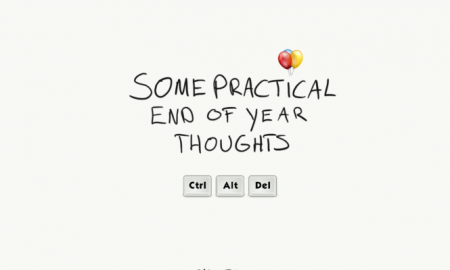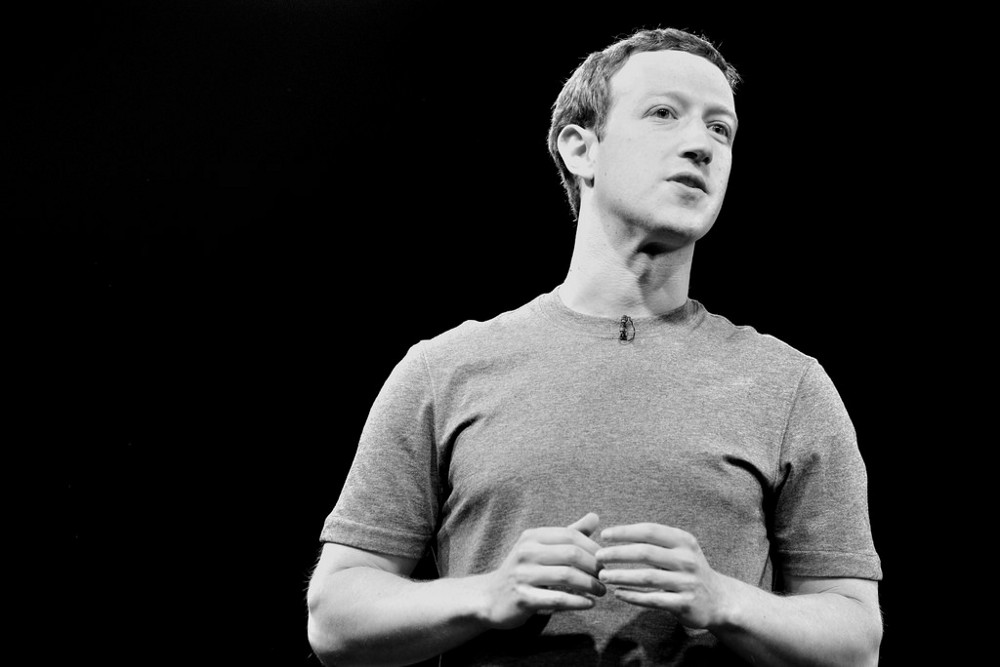
Take a peek inside Mark Zuckerberg’s closet:
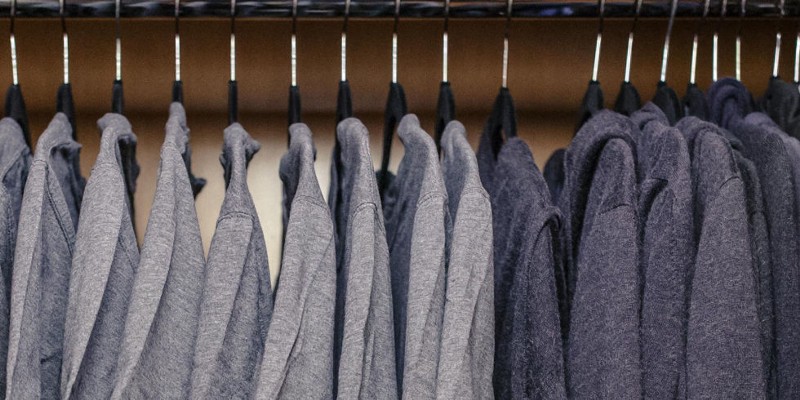
It’s all gray T-shirts... How strange. Is he a nutcase?
But it’s not just Zuck.
Here’s Obama’s outfit of choice:
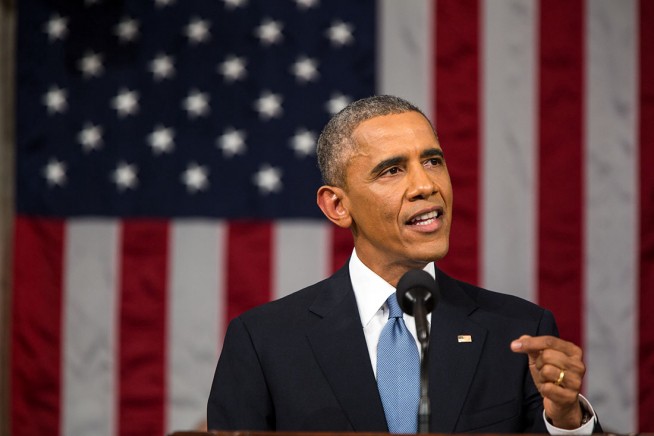
He always wears a gray or blue suit with a blue-ish tie.
Same thing with Ray Dalio, manager of Bridgewater Associates one of the most successful hedge funds in history ($122 Billion under management).
He wears the same suit to work every day:
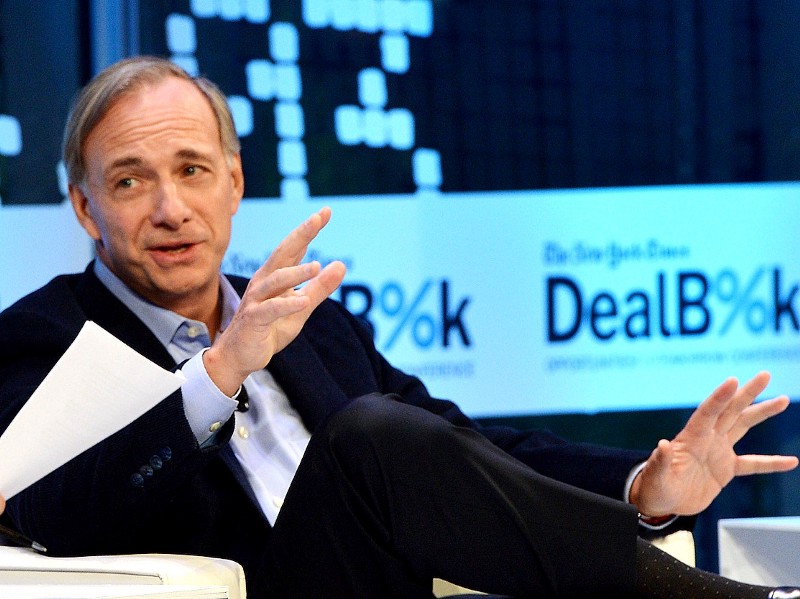
Why are these guys wearing the same things over and over? Are they idiot savants with no fashion sense? Is it a personal branding thing? Are they all part of some crazy voodoo conspiracy?
Not quite.
The truth is rather simple.
The reason is: they don’t want to choose.
1. The War on Choice
Choice isn’t always good.
Let me summarize two decades of willpower research:
- We use willpower to do everything (make decisions, focus, be creative, and on and on)
- Our daily willpower is limited (use too much, and you function like a drunk person)
If that didn’t blow your mind, read it again.
Making pointless decisions cripples performance.
Here’s Obama in a Vanity Fair article:
“I’m trying to pare down decisions. I don’t want to make decisions about what I’m eating or wearing. Because I have too many other decisions to make.”
Zuckerberg echoes Obama in an interview:
“I really want to clear my life to make it so that I have to make as few decisions as possible about anything except how to best serve this community,”
Zuck, Obama and others aren’t dressing the same because it’s fun. They’re doing it because it works.
Each decision digs into our willpower “HP bar”. Each decision makes us less creative, less in control and less focused.
Here’s what you can do about it.
2. Beating Decision Fatigue
We aren’t Mark Zuckerberg. We aren’t Steve Jobs. But decision fatigue affects our life.
I started making small tweaks several years ago, with some amazing results in both business and my personal life. I’m more creative, and I have more time to spend with friends or family.
You don’t have to ditch your wardrobe for a set of gray T-shirts, but here are some practical ways to start implementing choice minimalism in your life.
3. Phase I: Do A Self-Diagnostic
- Track decisions. Spend a week tracking all the choices you make in a day.
- Evaluate effectiveness. Review your notes and group decisions by category. Then ask, “Does this decision affect my desired outcomes?” Many of them won’t.
- Do a Pareto analysis. Ask, “What are the 20% or fewer useless decisions that are taking up 80% or more of my time?” Those are the ones to tackle first.
*Note: If you don’t know about the Pareto Principle, learn it ASAP. When I read about it in 4HWW, it was a game-changer.
4. Phase II: Make the Changes
Devise a plan to reduce or eliminate useless decisions.
Some things I have done:
- Simplify my wardrobe. I cut down to less than 15 items of clothing. We tend to wear the same 10–20% of our wardrobes for 80%+ of the time. Cut the tail.
- Eat the same few meals. This is in part due to decision fatigue, but it’s also a powerful dieting tool. For example, Tim Ferris’s Slow Carb Diet suggests eating the same few meals to boost adherence.
- Design a morning routine. There are a lot of low-impact decisions we make in the morning (wear, dress, food, etc.). Automate it with a routine. This pays your willpower forward to important decisions later in the day.
- Shop the periphery. This comes from Michael Pollan’s Food Rules. Grocery stores are my arch-nemesis. The unhealthy stuff is built into the center of grocery stores (it sells more). I avoid this by staying on outskirts: there are fewer options AND it’s healthier.
- Set “key objectives” before bed. I decide what I want to do BEFORE I go to sleep. This saves time in the morning when I want to jump right into doing focused work.
Stop making low-impact decisions. Start being effective instead.
A farewell quote—
“We must make automatic and habitual, as early as possible, as many useful actions as we can… . The more of the details of our daily life we can hand over to the effortless custody of automatism, the more our higher powers of mind will be set free for their own proper work.” — William James
Back to top

